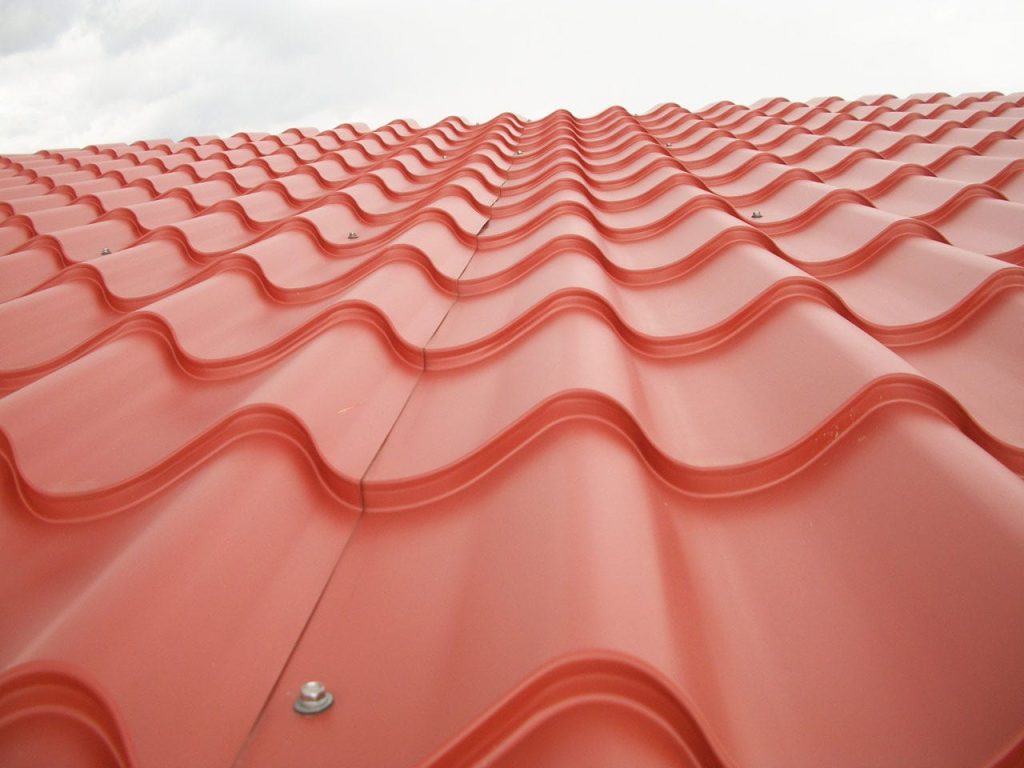What Are the Key Steps in Roof Installation?
Roof installation is a critical aspect of building or renovating a structure. A proper roof installation near me not only enhances the aesthetic appeal of a building but also ensures protection against the elements. Preparation also includes ensuring the roof deck is in good condition and addressing any underlying issues such as rot or structural damage.
Roof Deck Preparation:
The Elite Seal Roofing serves as the foundation for the roofing materials. It must be clean, dry, and free of debris before installation begins. Any damaged or deteriorated sections of the deck should be repaired or replaced to provide a solid substrate for the new roof.
Underlayment Installation:
Underlayment is a crucial component of the roofing system as it provides an additional layer of protection against moisture infiltration. It is typically installed over the roof deck before the primary roofing material. Common types of underlayment include asphalt-saturated felt and synthetic materials such as synthetic underlayment or self-adhering membrane.
Flashing Installation:

Flashing is used to prevent water from seeping into vulnerable areas such as valleys, vents, chimneys, and roof edges. It is typically made of metal and installed in overlapping layers to create a watertight barrier. Properly installed flashing is essential for preventing leaks and prolonging the lifespan of the roof.
Shingle Installation:
Shingles are the outermost layer of the roof and play a significant role in its durability and appearance. They are available in various materials including asphalt, wood, metal, and slate. Shingles are installed from the bottom edge of the roof upwards, with each row overlapping the one below it to shed water effectively. Proper nailing techniques and alignment are crucial to ensure a secure and uniform installation.
Ridge Vent Installation:
Ridge vents are installed at the peak of the roof to provide ventilation and prevent moisture buildup in the attic space. They allow hot air to escape, improving energy efficiency and reducing the risk of mold and mildew growth. Properly installed ridge vents should be weatherproof and blend seamlessly with the roof’s design.
Final Inspection:
Once the roof installation is complete, a final inspection should be conducted to ensure that all components are properly installed and meet building code requirements. This includes checking for any loose shingles, inadequate flashing, or signs of water damage. Addressing any issues promptly will help prevent future problems and ensure the longevity of the roof.


